Last Year's Europe Trip: Valencia
Day eight.
DAY EIGHT: VALENCIA
Valencia is the third largest city in Spain located on the east coast of the Iberian Peninsula. This city is also the birthplace of paella and the nut-based milk drink, horchata. Their home-grown oranges are quite popular internationally as well.
We did a quick day tour around the city before heading to the churches and our first stop was the Ciutat de les Arts i les Ciències or the City of Arts and Sciences. We were only able to roam around the outside of this place although if I were to have a chance to come back, I'd definitely go and explore the inside and other areas as well.
L'Àgora
If there's one place I badly wanted to explore, it's the L'Umbracle. This outdoor sculpture garden is just right up my alley: it was brimming with a variety of flora, including those indigenous to Valencia itself, as well as sculptures from different artists. Unfortunately, we only got to the entrance area.
The next two areas we got to see were the Palau de les Arts Reina Sofia or the Queen Sofía Palace of the Arts, an opera house and culture center, and the L'Hemisfèric, an IMAX cinema, planetarium, and laserium.


The only two places we didn't get to see were L'Oceanogràfic and the Museu de les Ciències Príncipe Felipe.
After that, we resumed our bus tour around the city. Here are more photos on that tour:
The Plaza de Toros de Valencia, located in Calle de Xàtiva.
Estació del Nord, Valencia's main railway station.
Around Plaça del Ajuntament:
Now entering El Carmen:
There are two identical towers in Valencia so I'm unsure whether this one is the Torres de Quart or Torres de Serranos.
The Iglesia del Sagrado Corazón de Jesús, a Jesuit church.
The most narrow building in Valencia is located here as well.
Glimpse of the Santa Catalina church.
The most popular horchateria in Valencia.
The basilica we visited was the Església Catedral-Basílica Metropolitana de l'Assumpció de la Mare de Déu de València or the Metropolitan Cathedral–Basilica of the Assumption of Our Lady of Valencia. It was built between the 13th and 15th century and was consecrated in 1238. It contains numerous 15th century paintings, as well as the Sant Calze or the Holy Grail.

The cathedral's chancel.
The cathedral's nave.
Inside the Chapel of the Holy Chalice.
The cathedral's bell tower.
Just outside the cathedral, we got to try horchata! I found it surprisingly good and quite comparable to almond milk. Really good hot!
We also got to hear mass in another church, the Basílica de la Virgen de los Desamparados. It was a local mass spoken in Valencian; I had no idea what the priest was saying but it kinda felt like a "do what Romans do" situation.
El Carmen seemed like a lovely place to explore and I won't mind visiting it again. I feel like there's still a lot to explore and discover in Valencia and one day is definitely not enough. Our visit, albeit quick, showed me how beautiful and rich in culture Valencia is- a perfect blend of modern and traditional.
Next stop: Cordoba!














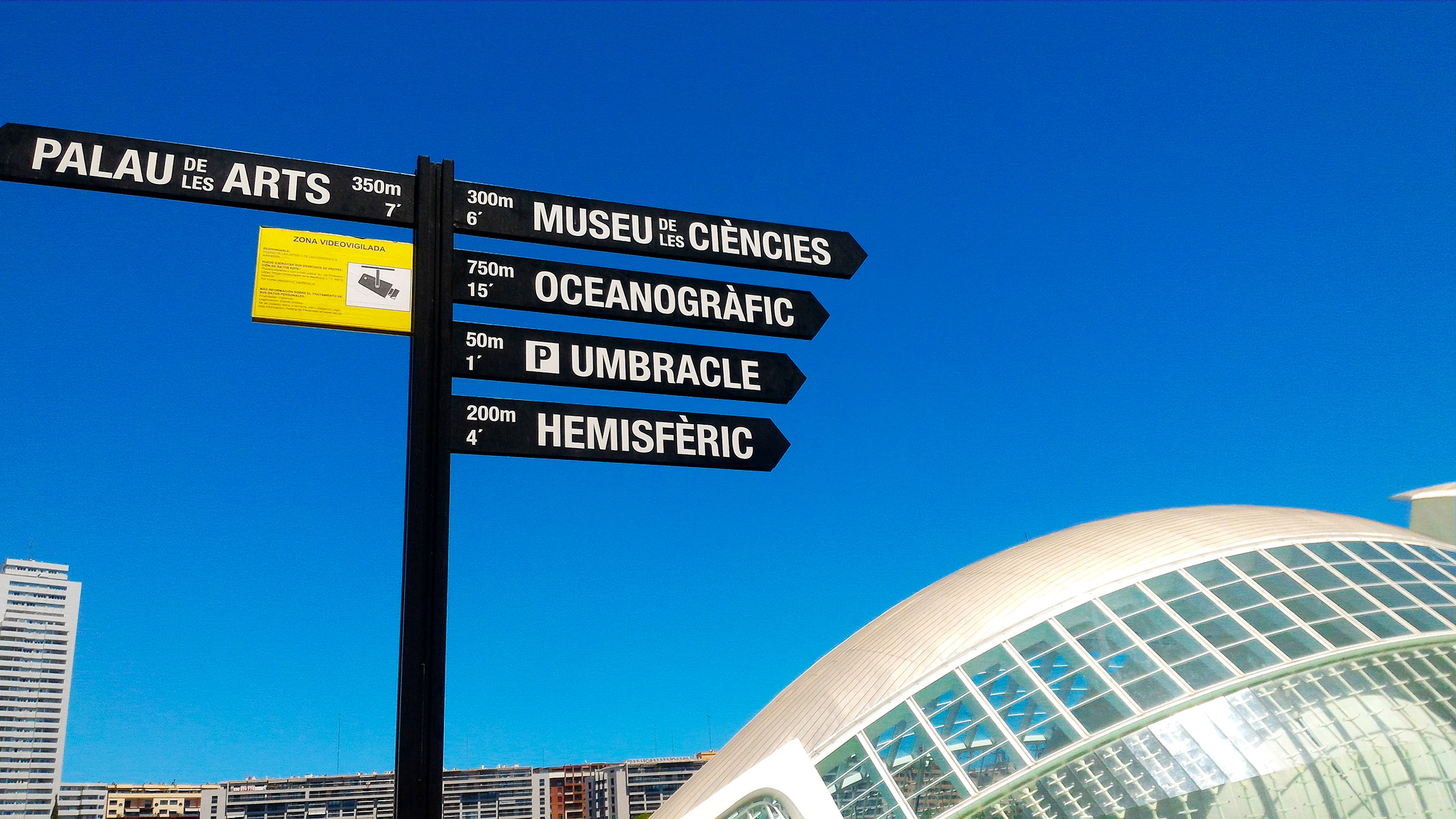

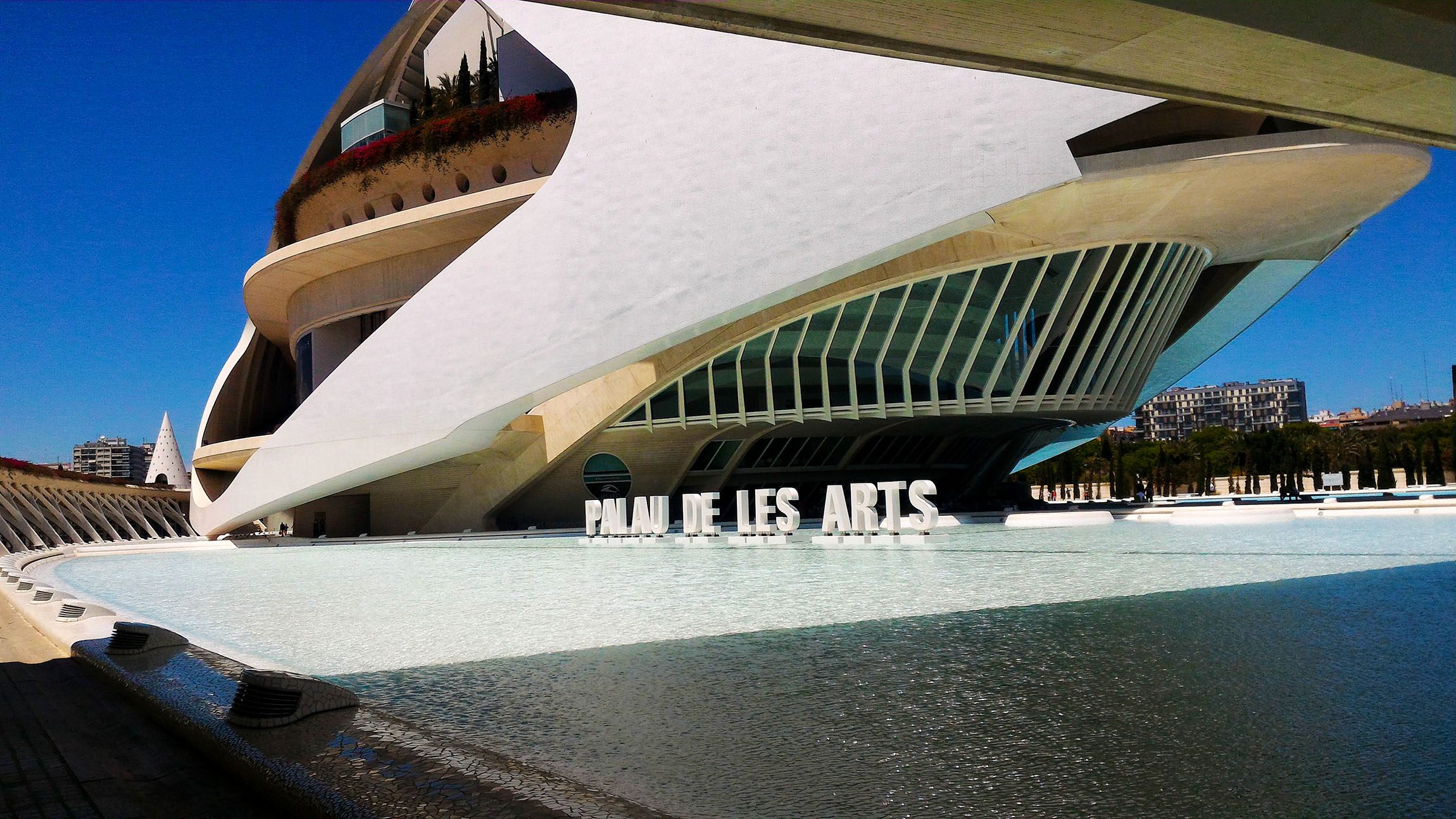

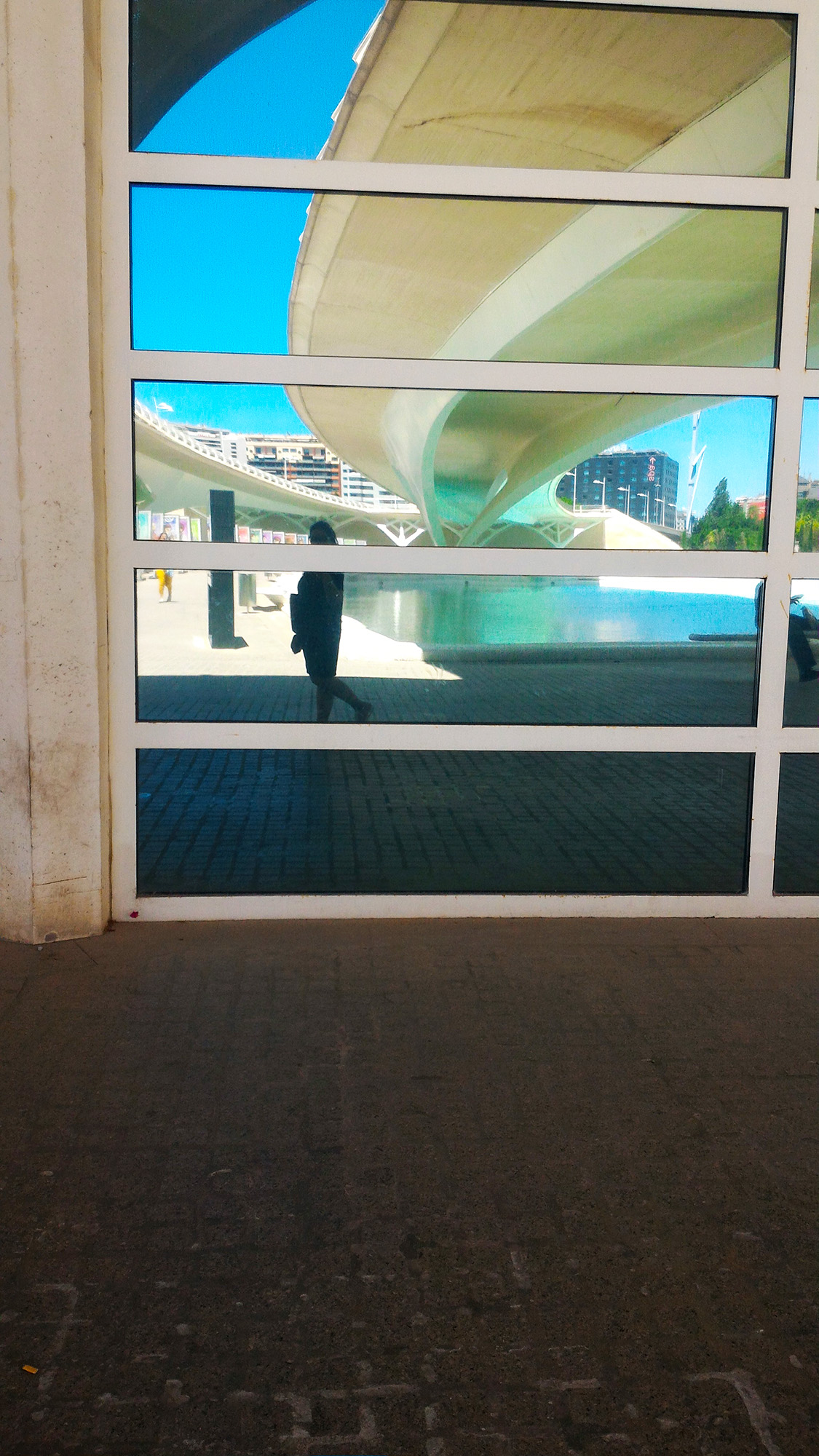
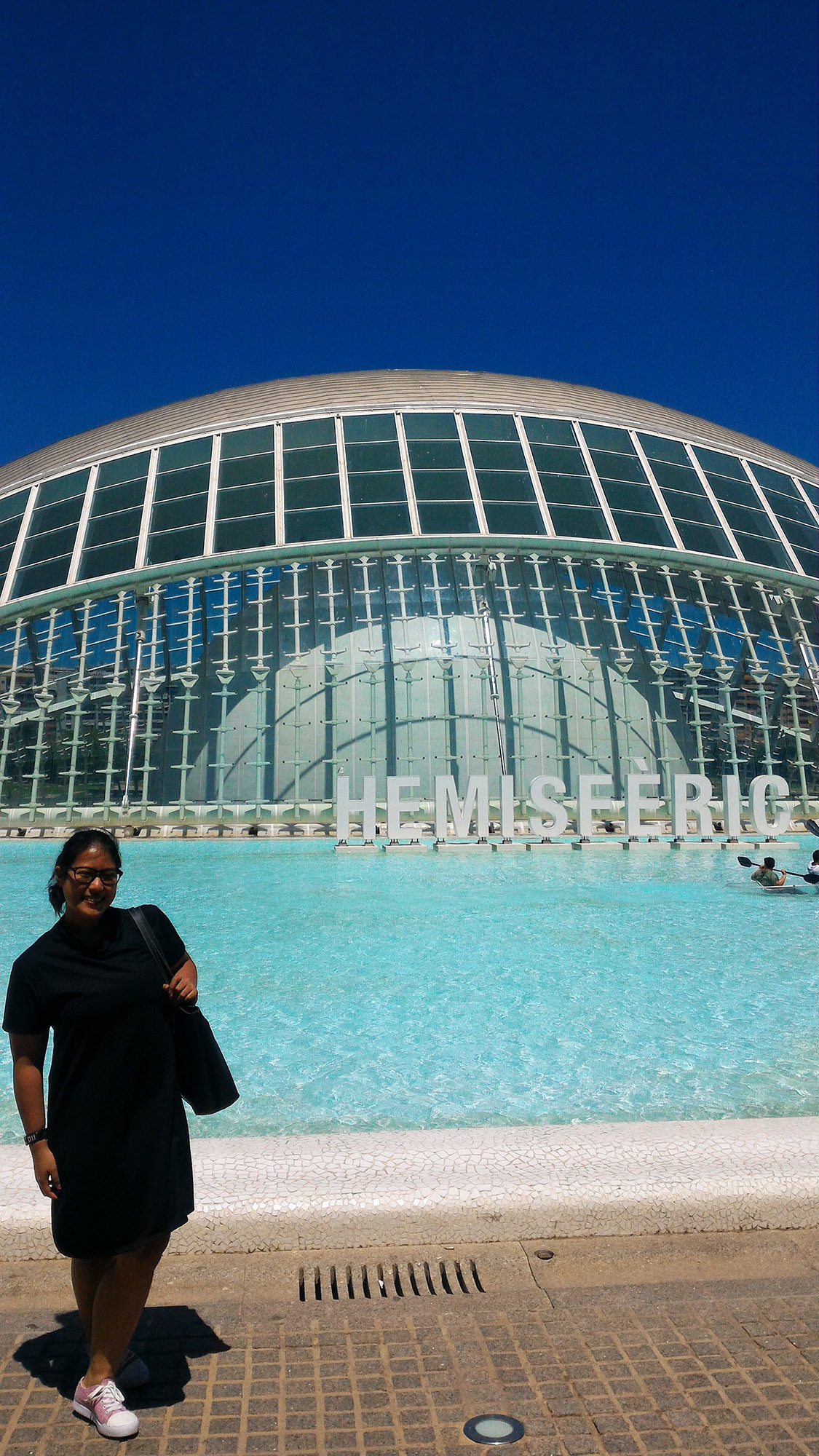


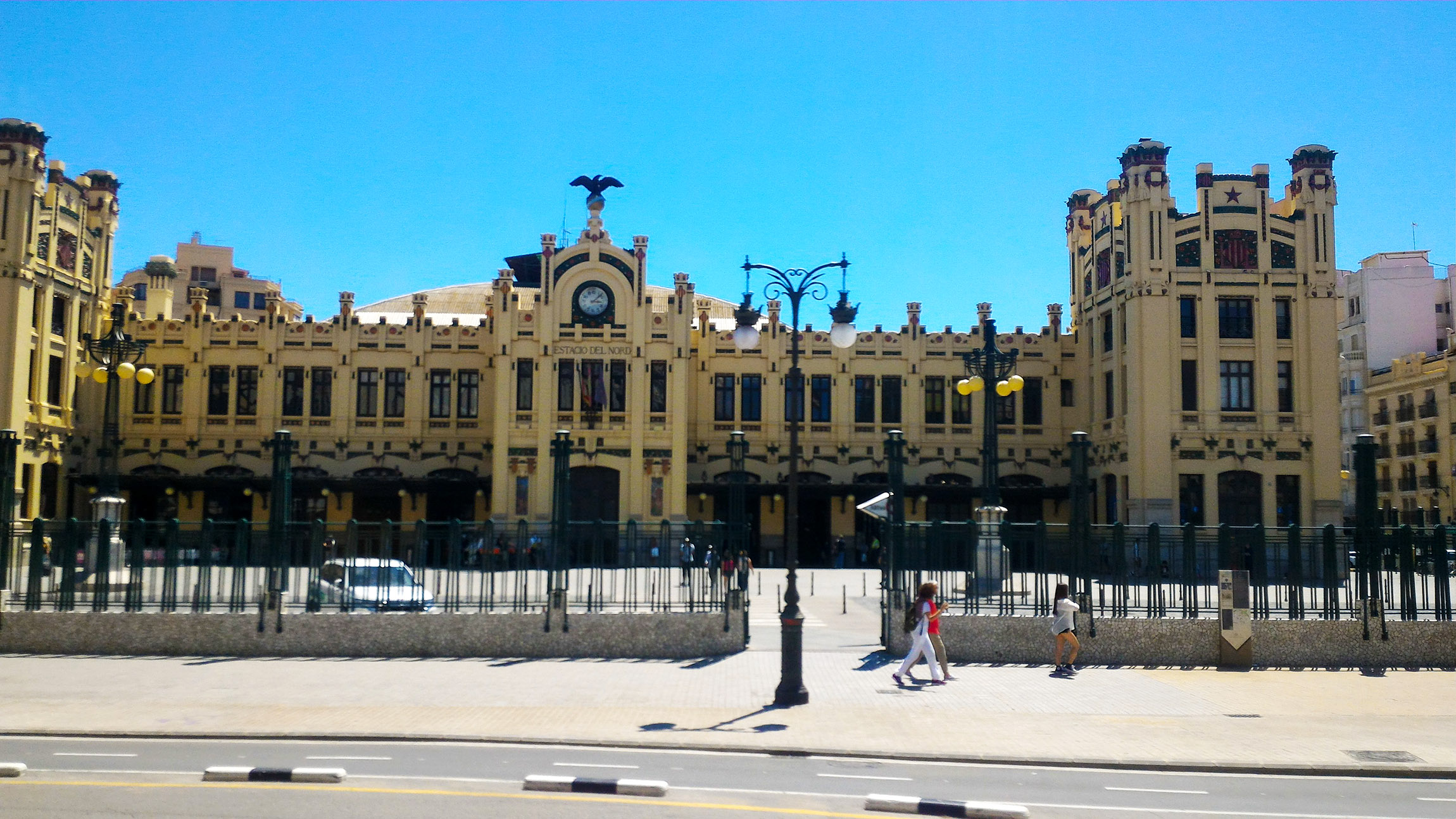
















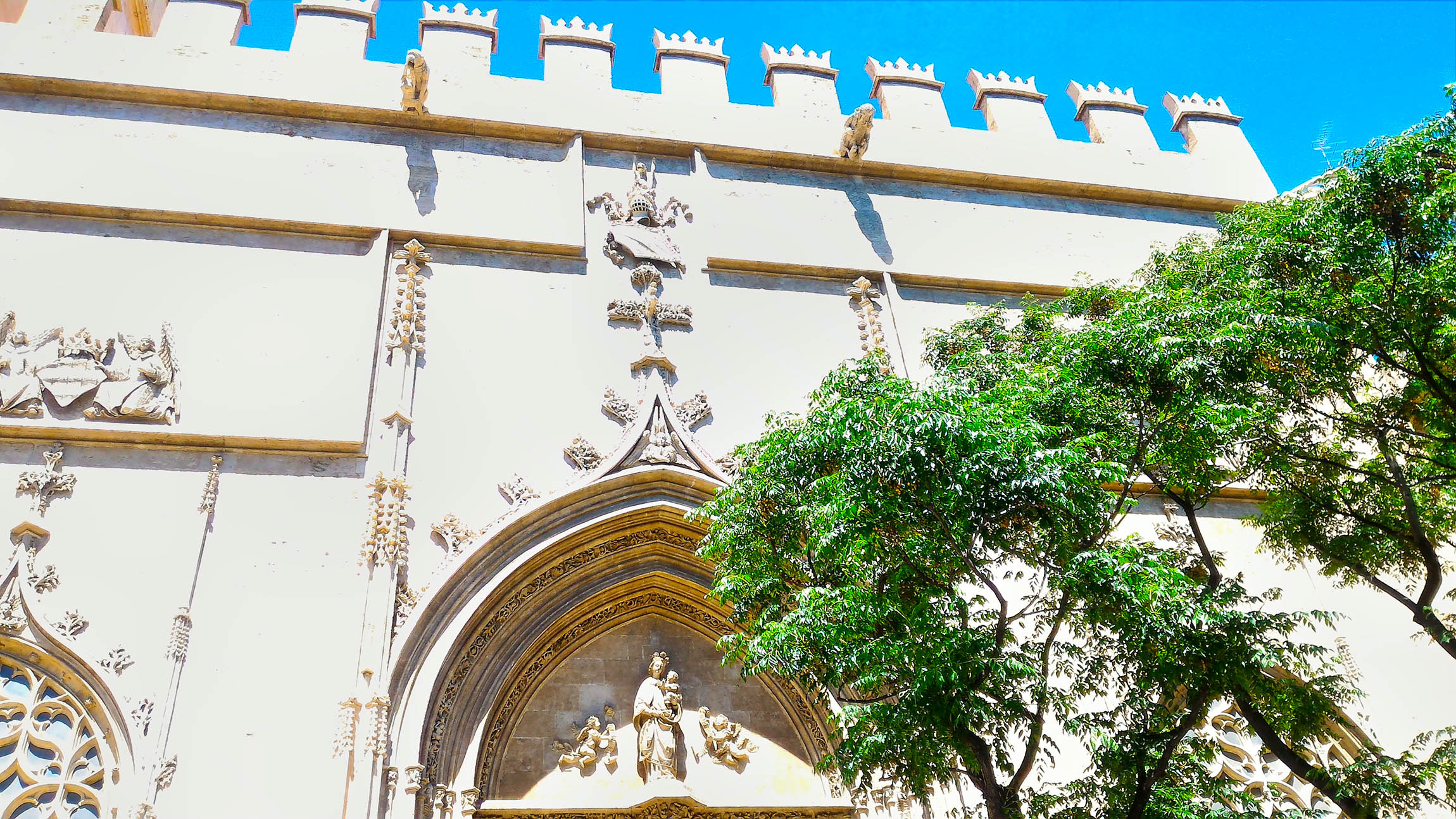











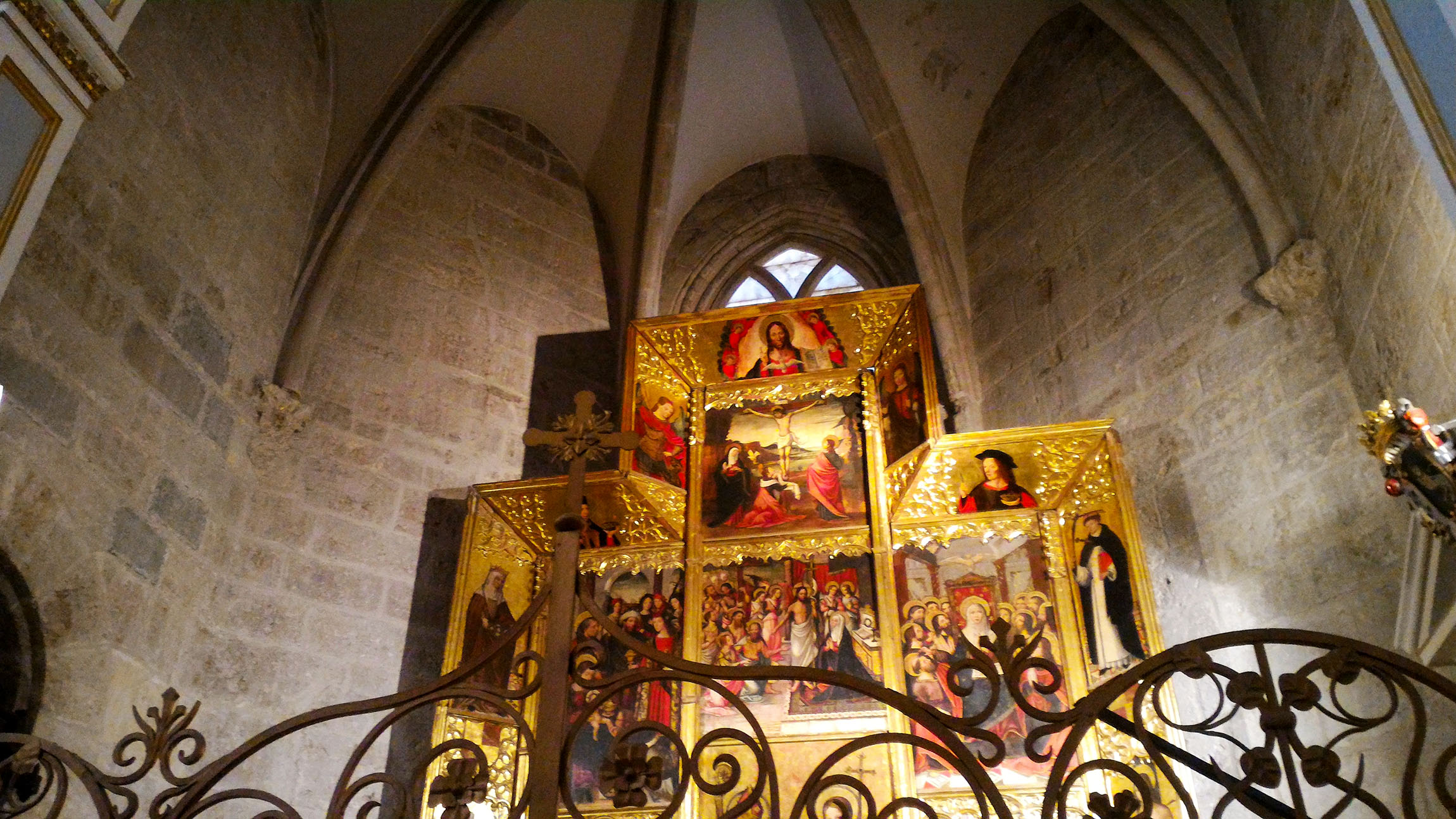






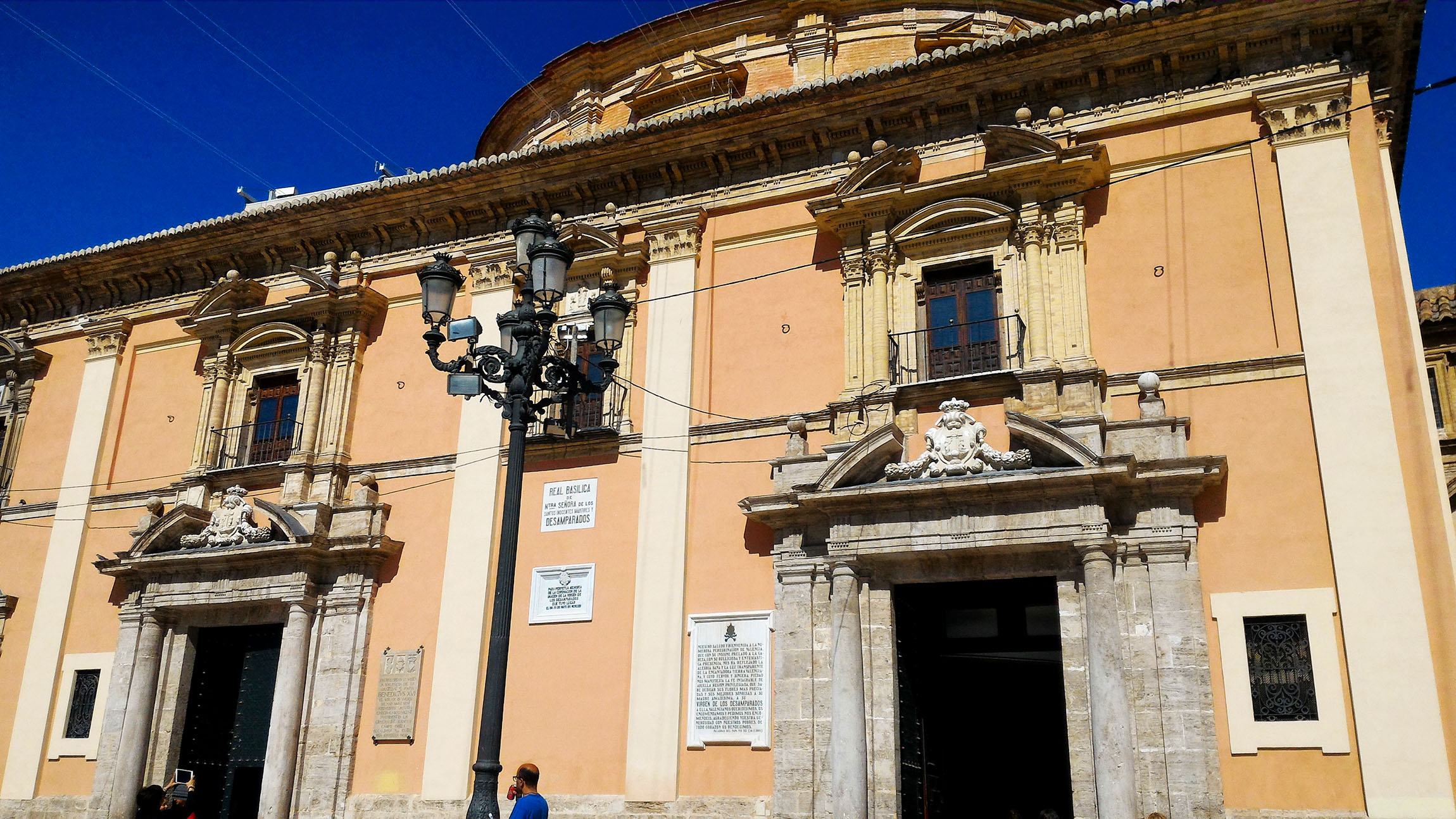









Comments
Post a Comment